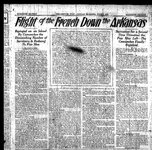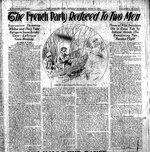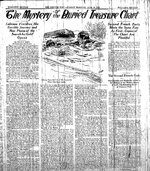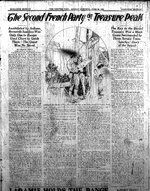UncleMatt
Bronze Member
- Jul 14, 2012
- 2,389
- 2,530
- Detector(s) used
- Garrett Infinium & Gold Bug II, Bazooka Super Prospector Sluice
- Primary Interest:
- All Treasure Hunting
Consider this though: If you choose another location away from the mine to process your ore and refine it into bars for shipment out of the area, you must then choose still another third location to actually hide it. If the smoke attracts attention to the processing location, then hiding the dore bars there would not be wise.
Also, if the hiding place you create involves a lot of labor intensive activity, such as a deep shaft lined with planks, then you would also raise attention to that hiding place. Men working on such a site would need fire to cook, would need to hunt, would need to have a camp. Logistical realities would be involved that would also attract attention. It would be far wiser to choose a pre-existing cave that required little such effort to create, and where the hoard could be quickly hidden with little fanfare.
Also, if the hiding place you create involves a lot of labor intensive activity, such as a deep shaft lined with planks, then you would also raise attention to that hiding place. Men working on such a site would need fire to cook, would need to hunt, would need to have a camp. Logistical realities would be involved that would also attract attention. It would be far wiser to choose a pre-existing cave that required little such effort to create, and where the hoard could be quickly hidden with little fanfare.
Last edited:








